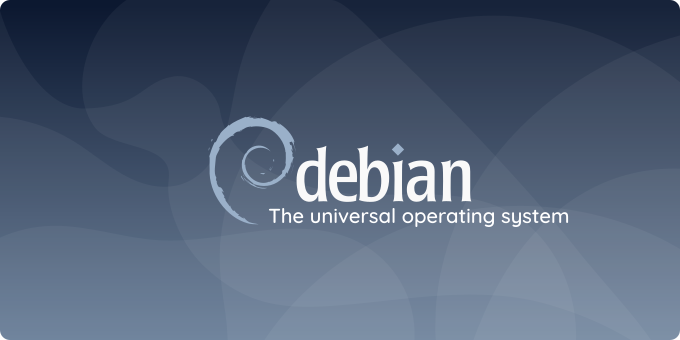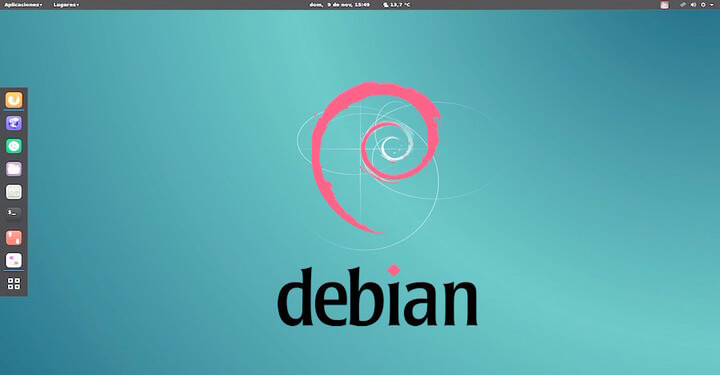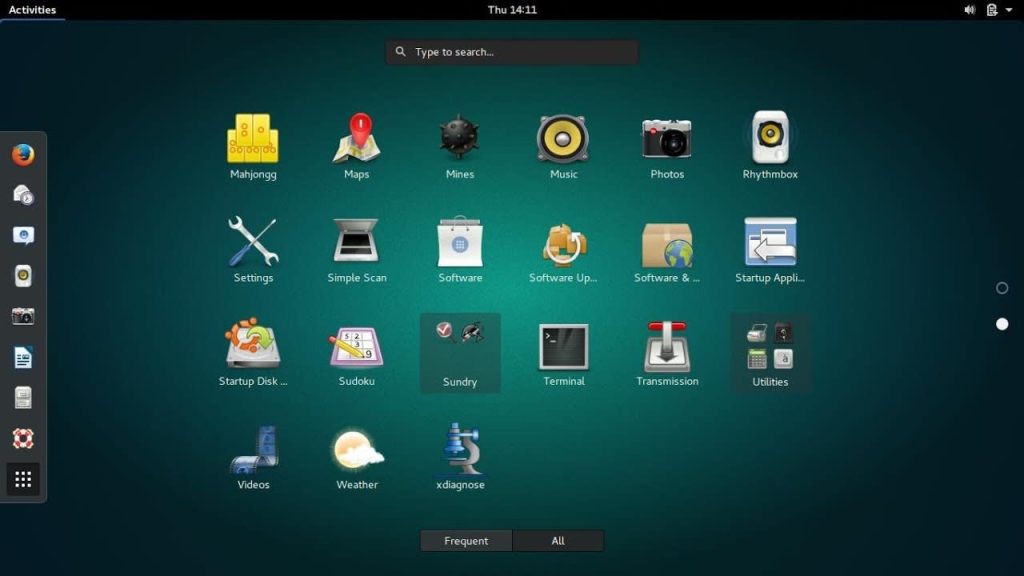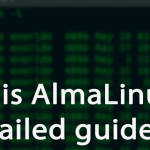Debian is one of the oldest and most influential distributions of the Linux operating system. Renowned for its stability, extensive software repositories, and strong community support, Debian is used by millions around the world, from personal computers to servers and even embedded systems. This blog post aims to explore what Debian OS is, its history, features, and why it might be the right choice for your next project.
Table of Contents
History of Debian
It was founded by Ian Murdock in 1993. He envisioned an open and free software community that could contribute to the creation of a cohesive and reliable operating system. The name “Debian” is a portmanteau of his then-girlfriend Debra Lynn and his own name, Ian.

The project quickly gained traction, attracting developers from around the world who shared Murdock’s vision. Over the years, Debian has grown significantly, with its community contributing to one of the largest and most comprehensive software repositories available. Debian has also spawned numerous derivatives, including popular distributions like Ubuntu, Linux Mint, and many others.
Key Features of Debian

Stability
One of Debian’s hallmark features is its stability. The Debian project takes a very cautious approach to software updates, preferring to wait until new versions have been thoroughly tested before including them in the stable release. This ensures that the system is reliable and free from critical bugs, making it an excellent choice for servers and other mission-critical environments.
Package Management
It uses the Advanced Package Tool (APT) for package management, which makes installing, updating, and removing software packages straightforward. The APT system is known for its efficiency and ease of use, allowing users to manage thousands of packages with simple commands. Debian’s package management system also handles dependencies automatically, ensuring that all necessary software components are installed and updated correctly.
Extensive Software Repositories
It boasts one of the largest software repositories of any Linux distribution. This repository includes thousands of packages, ranging from essential system utilities to complex applications and development tools. Whether you need a web server, database system, programming environment, or multimedia software, it’s repositories likely have what you’re looking for.
Security
Security is a primary focus for Debian. The Debian Security Team actively monitors for vulnerabilities and releases timely updates to address them. This commitment to security makes Debian a reliable choice for environments where data integrity and protection are paramount. Additionally, it’s transparent development process means that security issues are handled openly and collaboratively, fostering trust within the community.
Customizability
It is highly customizable, allowing users to tailor the system to their specific needs. From choosing different desktop environments (such as GNOME, KDE, or Xfce) to configuring system services and network settings, Debian provides the flexibility to create a system that fits your requirements perfectly. This level of customization makes Debian suitable for a wide range of use cases, from lightweight desktops to powerful servers.
Community Support
It has a large and active community of users and developers. This community provides extensive documentation, forums, mailing lists, and other resources to help users troubleshoot issues and learn more about the system. The collaborative nature of the Debian project means that users can contribute to its development, whether by reporting bugs, writing documentation, or contributing code.
Versions and Releases
Debian follows a well-defined release cycle, offering different versions to cater to various needs:
- Stable: The stable release is the most reliable and recommended for most users, especially for production environments. It undergoes rigorous testing and is released approximately every two years. This version prioritizes stability and security, making it ideal for servers and critical systems.
- Testing: The testing release is a rolling release that receives more frequent updates than stable. It serves as a proving ground for new features and packages before they are included in the stable release. While not as reliable as stable, testing is often used by developers and advanced users who want access to newer software.
- Unstable (Sid): Named after the mischievous character in Toy Story, Sid is the bleeding edge of Debian development. It includes the latest software and features but is more prone to bugs and instability. Sid is intended for developers and contributors who are willing to help identify and fix issues.
- Oldstable: When a new stable release comes out, the previous stable release becomes oldstable. It continues to receive security updates for a period, allowing users time to upgrade.
Debian Installation

It is straightforward, with several methods available depending on your needs. The most common way to install Debian is by downloading an installation image from the Debian website and creating a bootable USB drive or DVD. The installation process includes a guided setup that walks you through partitioning your disk, selecting software packages, and configuring system settings.
It also offers net install images, which are minimal installation images that download the necessary packages from the internet during the installation process. This option is particularly useful if you want to ensure that you have the latest versions of packages. For those who prefer a graphical installation, Debian provides a graphical installer that simplifies the process with a user-friendly interface. Additionally, Debian Live images allow you to try it without installing it, giving you a chance to explore the system before committing to a full installation.
Why Choose It?
Reliability
It’s emphasis on stability and reliability makes it a preferred choice for many users. Whether you’re running a server, a desktop computer, or an embedded system, you can trust that it will provide a solid foundation.
Flexibility
The flexibility of Debian allows it to be used in a wide range of scenarios. Its extensive package repositories and customizable installation options mean that you can tailor Debian to meet your specific needs, whether you’re setting up a home media server, a development environment, or a production web server.
Security
It’s strong focus on security ensures that your systems are protected against vulnerabilities. The proactive security team and timely updates help maintain the integrity and safety of your data and applications.
Community and Support
The vibrant Debian community is one of its greatest assets. With a wealth of resources available, including forums, mailing lists, and comprehensive documentation, you can find help and support for almost any issue you encounter. The collaborative spirit of the community also means that you can contribute to the project, making Debian better for everyone.

Long-Term Support
It’s predictable release cycle and long-term support for stable releases make it an excellent choice for systems that require longevity. Knowing that your operating system will receive updates and support for several years gives you peace of mind and allows you to plan for the future.
Conclusion
It stands out as a robust, versatile, and secure operating system that caters to a wide range of users and applications. Its commitment to stability, extensive software repositories, and strong community support make it a reliable choice for both beginners and experienced users. Whether you’re looking for a dependable server OS, a customizable desktop environment, or a solid foundation for your next project, it offers the tools and features you need.
By choosing it, you’re not just selecting an operating system; you’re joining a community dedicated to the principles of open-source software, collaboration, and continuous improvement. With its rich history, ongoing development, and unwavering commitment to quality, it is poised to remain a cornerstone of the Linux ecosystem for years to come.



